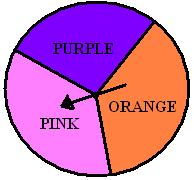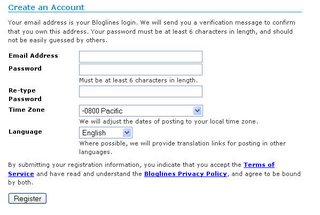7. P (striped) 3/8, there are 3 striped cards out of 8 cards.
8. P (white) 4/8 or ½, there are 4 white cards out of 8 cards. I reduce them into half,
that’s why I have ½.
9. P (shaded) 1/8, there’s one shaded card out of 8 cards.
10. P (white or shaded) 5/8, there are 4 white cards and 1 shaded card. I added 4 into 1, 4+1=5, it‘s 5 cards out of 8 cards. So the answer is 5/8.
11. P (striped or white) 7/8, there are 3 striped cards and 4 white cards. I added them together, 3+4=7, 7 cards out of 8 cards.
12. P (striped or shaded) 4/8 or ½, there are 3 striped cards and 1 shaded card. I
added them together, 3+1=4, 4 cards out of 8 cards. Then, I reduce them into
half, the answer is ½.
13. P (not striped) 5/8, there are 4 white cards and 1 shaded card. I added them
together, 4+1=5, 5 cards out of 8 cards.
14. P (not white) 4/8 or ½, there are 3 striped cards and 1 shaded card. I added them
together, 3+1=4, 4 cards out of 8 cards. Then, I reduce them into half, the
answer is ½.
15. P (striped, white or shaded) 8/8 or 1, there are 3 striped cards, 4 white cards and
1 shaded card. I added them all together, 3+4+1=8, 8 cards out of 8 cards. 8/8 is
whole number, so you can call it 1.II. Find each probability if you choose one card at random.
7. P (orange) 2/8 or ¼, there are 2 orange cards out of 8 cards. I reduce them into half, that’s why I have ¼.
8. P (pink or blue or orange) 8/8 or 1, there are 4 pink cards, 2 blue cards and
2 orange cards. I added them all together, 4+2+2=8, 8 cards out of 8 cards. 8/8 is
whole number, so you can also call it 1.
9. P (blue) 2/8 or ¼, there are 2 blue cards out of 8 cards. I reduce them into half, that’s why I have ¼.
10. P (not blue) 6/8 or ¾, there are 4 pink cards and 2 orange card. I added them
together, 4+2=6, 6 cards out of 8 cards. I reduce them into half, the
answer is ¾.
11. P (orange or blue) 4/8 or ½, there are 2 orange cards and 2 blue cards. I added
them together, 2+2=4, 4 cards out of 8 cards. Then, I reduce them into half, the
answer is ½.
12. P (blue or pink) 6/8 or ¾, there are 4 pink cards and 2 orange card. I added
them together, 4+2=6, 6 cards out of 8 cards. I reduce them into half, the
answer is ¾.
13. P (not pink) 4/8 or ½, there are 2 blue cards and 2 orange cards. I added them
together, 2+2=4, 4 cards out of 8 cards. Then, I reduce them into half, the
answer is ½.
14. P (pink) 4/8 or ½, there are 4 pink cards. I added them together, 2+2=4, 4 cards
out of 8 cards. Then, I reduce them into half, the
answer is ½.
15. P (pink or orange) 6/8 or ¾, there are 4 pink cards and 2 orange card. I added
them together, 4+2=6, 6 cards out of 8 cards. I reduce them into half, the
answer is ¾.




























